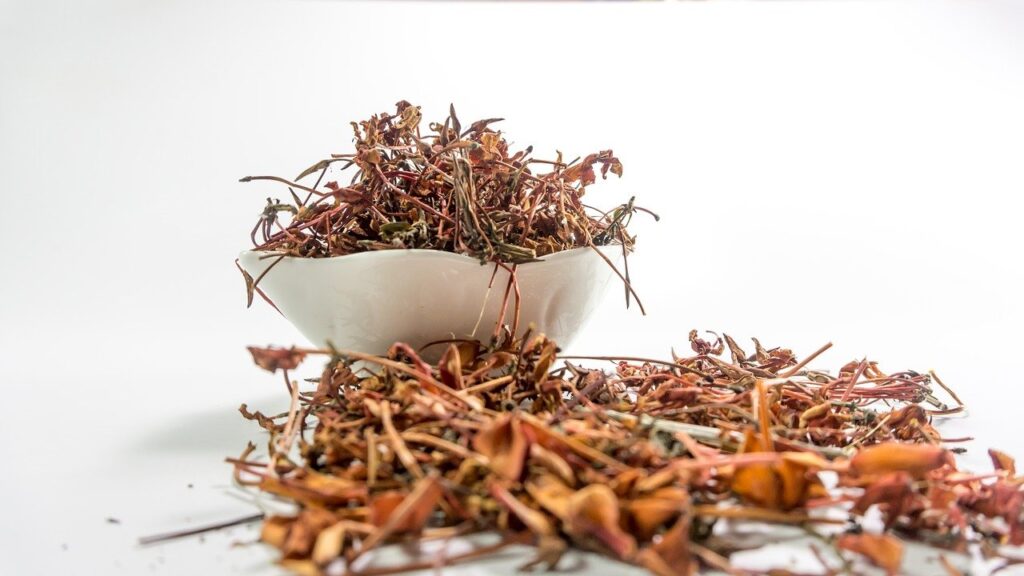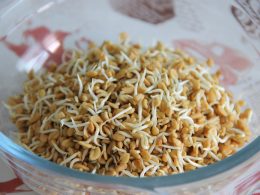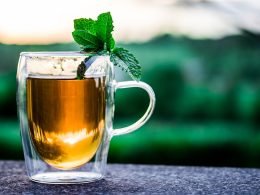Ayurveda is the science of life, which was memorised by the universe originator, Brahma and considered it as the branch of Atharvaveda. It is explained in 8 branches of medical science ie, “ASHTANGA AYURVEDA”.
Ayurveda is one of the oldest medical systems which has the ability to treat chronic disease which isn’t treated by allopathy.
Unfortunately, due to lack of scientific research in various concepts this beautiful science from our ancestors is trailing. According to our Acharyas. Ayurveda has the basic aim to maintain the health of healthy people & then focusing on treating the ailment of diseased people.
For the treatment procedures, Ayurveda has its own herbal applications, but researches for herbal medicines are very rare in our India. Undoubtedly in comparison to allopathic treatment, Ayurvedic treatment is more effective in chronic disease.
Because of the fast relief treatment of allopathy, the global population prefers Ayurveda very less.
In current standing, people are more likely to have Ayurveda than allopathy due to various drug intoxications. Rather, competing towards western medicine, scientists should work to enhance the core competency of Ayurveda without compromising its fundamental principles.
Young Ayurveda scholars although they are experienced, but they are not clear about their vision in Ayurveda and about more research is to be done in the field of Ayurveda with the modern demands & technology.

Nowadays, herbal medicines and their applications are globally benefitting to people. Epidemiological diseases are increasing nowadays, balance of immunity power is very beneficial in this coming era. Some of the herbal medicines that can applicable to immunity system as mentioned in our Ayurvedic texts:
- AMALAKI (Emblica officinalis) its common name is amla or Indian gooseberry.
Uses: It enhances health, an antioxidant, and it is a rich source of vitamin C and vitamin C itself is very essential in promoting one’s immunity.
One of the famous formulations of amalaka is amlaki rasayan
BRAHMI: (Bacoppa monnerii)an ayurvedic herb improves brain functions, increases your body’s ability to fight from various infections & viruses & various psychological disorders.
CUMIN: (Cuminum cyminum)
- It’s a spice, but it’s also an ayurvedic herb.
- Useful for digestion, irritable bowel syndrome etc.
TURMERIC: (Curcuma longa)
- It’s also a spice and also a famous herb well known for its antiseptic ations
- Useful in antioxidant and anti-inflammation,
Ginger: (Zingiber officinale)
- It’s a flowering plant, and also an ayurvedic herb.The rhizome of the herb is used.
- Useful in digestion,nausea,flu,common cold.
- It also has anti-inflammatory and antioxidant properties.
- Ginger helps in weight loss.
Ashwagandha: (Withania somnifera)
- It provides numerous benefits for your body and brain
- It helps in low blood sugar levels,it also has anticancer properties.
These are some of the drugs used in Ayurveda for immunity power. Nowadays globally people are using these drugs in day to day life also. It helps with a lot of health problems.
Herbal medicines are growing with tradition. So in this pandemic era, Ayurvedic herbal research is to be done more for the health of our people.
In this pandemic era, herbal drugs are very useful to people. Firstly, herbals are very beneficial to do self-prevention as most of them are herbal, available easily in the market or in our surrounding
In India, the presence of a rich depository of medicinal plants are very helpful for researchers. So they cannot go anywhere for herbals for research. About 9,000 herbal remedies have been included in AYUSH SYSTEM IN INDIA.
Treatment with medicinal plants is safe and has no side effects, which is the biggest advantage.
WHO had conveyed that mostly ethno medicines are using the whole world in different ways?
Ancient Ayurveda scholars believed that the only treatment for diseases is with herbal medicines & lifestyle modifications.
Herbal medicines are examined as high resources that are very useful for pharmacopoeial purposes than synthetic drugs. Apart from this these plants follow a tradition. Some plants are mostly recommended for nutrition and its therapeutic values.
Nowadays, herbals are used in beauty therapeutics also. People are throwing out chemical products and welcoming herbal products.
Plants with cosmetic uses:
ALOEVERA (Aloe barbadensis)
- It has numerous healing qualities and it contains vitamins,minerals and amino acids.
- It helps in moisturizing, soothing, toning, and anti-inflammatory processes.
- The juice also makes creams, gels, hair creams etc.
HIBISCUS (Hibiscus rosa-sinensis)
- This is an anti-aging plant, has a well-known reputation for increasing skin elasticity to give a stunning natural beauty.
- It’s an antioxidant, makes the skin stay hydrated, and soft skin.
- These are some of the drugs that help in the therapeutic procedures.
AYURVEDA is a most dedicated science, but now-a-days importance of Ayurveda is demanding day by day.
People had lost their belief in Ayurveda or traditional medicines and they are going to allopathy medicines. People are believing in fast relief, so they are going to allopathy and taking antibiotics for their disease. But in today’s era the educated person is well aware that antibiotics are very dangerous to their health but for speedy recovery they are choosing it. Long term use of various allopathic medicines are harming multiple systems of the body.
Ayurveda has a vast history; certain drawbacks are there for approaching it, which suppress its growth like western system of medicine.
In Ayurveda, detailed study taken three doshas are to be mainly specified in this
i.e. vata, pitta, kapha and all the diet, lifestyle modification & treatment regimen for various ailments depends on balancing these three doshas. Acharyas starting with these three doshas and their imbalance of dosha in our body is causing disease. Different formulations of herbal medicines are used for severe chronic diseases in Ayurveda.
It’s a traditional science, mostly all the information acharya stated in that time. Now technology has come, and more research is to be done in Ayurveda for the wellbeing of people’s health.
In this present era, people are changing their minds and they are coming back to Ayurveda mostly.
Ayurvedic medicines are formulated in arishta (fermented medicated syrups), kasaya (medicated decoctions), churna (herbal powder) forms. Now-a-days also these are available in tablets, gels, ointments in Ayurveda. These will increase the mind of the people.
Recently, in this pandemic era, the government also introduced AYUSH products and has people to increase their immunity.
Clearly, Ayurvedic researchers are not using this vast science as mostly, because Ayurveda not only treats disease it maintains our health also. Many concepts for mental & social wellness like Swasthavrtta (code of conduct) and Achar Rasayan (behavioural therapy) yoga (meditation) etc. are explained very beautifully in this science.
Ayurveda describes swasthavritta as maintain our health in day to day life,
There was a concept of DINACHARYA (Daily regimen): It explains what we are doing in day to day life i.e.
Wake up in BRAHMA MUHURTA (early morning before sunrise), drink water, brush teeth, meditation etc.
So these Acharyas explain how to maintain our health and very beautifully ancient Acharyas had described about these concepts to maintain our health.
Ayurveda is a vast and wonderful science,we can keep ,maintain our life along with Ayurveda.
Courtesy:
- dravya guna vinjanan textbook.
- Swastha vritta textbook.















